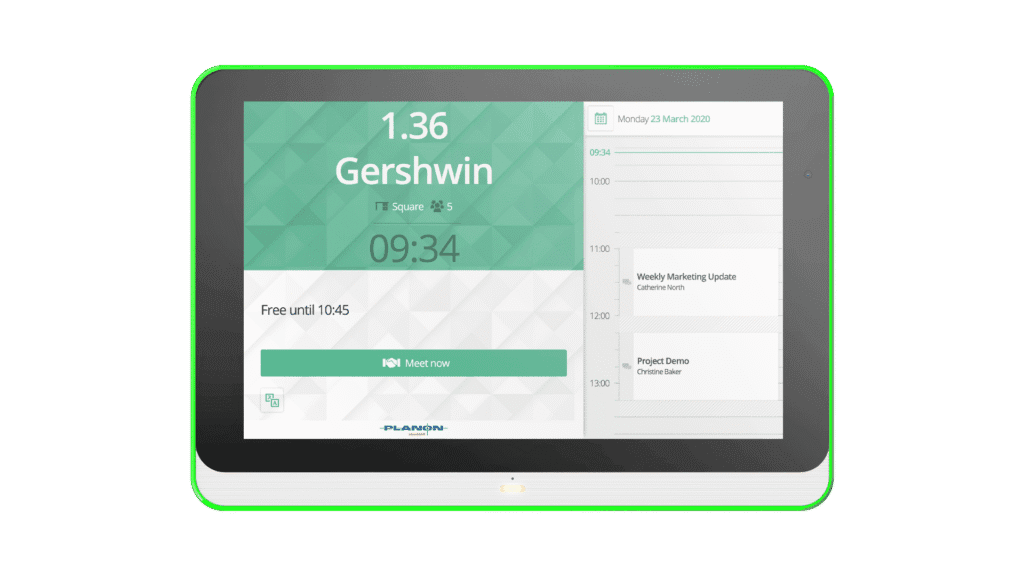In today’s digital age that changes being flexible and able to adjust isn’t optional anymore. Businesses need these qualities to keep up. Older fixed software systems can’t keep pace when companies must change directions fast, connect to new technology, or grow without issues. Composable custom software offers a new way to meet these challenges and delivers the flexibility businesses now expect.
With modular design, composable systems give organizations the tools to create custom solutions. These solutions are simpler to adjust, expand, and maintain. If you’re a startup creating your first tech setup or a large company upgrading an older system, composable software is becoming the preferred choice.
What Is Composable Software About?
Composable software means creating apps using separate reusable parts, each carrying out a certain task. Teams can change, add, or take out these pieces without messing up the whole system.
This approach is different from monolithic software, where everything is packed together in one big unit. Monoliths work well in some cases but can be stiff and difficult to grow or adapt, especially when things change a lot.
Using composable architectures lets teams:
- Change features without causing big issues
- Launch updates on their own
- Share components between projects
- Work with other systems
How Modular Structures Help
Composable software builds on a modular architecture. Picture LEGO pieces—each module has a distinct role and can be combined in endless ways to create a system that suits your business.
Modules might include:
- Authentication
- Handling billing and payments
- Managing inventory
- Tracking and reporting analytics
- Sending notifications and alerts
- CRM or tools for engaging with customers
Each module runs. This means developers can update or improve parts without disrupting the whole application. It shortens development time, makes testing simpler, and lowers the chances of major system breakdowns.
Advantages of Custom Composable Software
- Greater Flexibility and Scalability
As businesses grow, their software needs evolve. A composable approach allows companies to scale their systems by upgrading individual modules or adding new ones, without the need to overhaul the entire system. - Faster Time-to-Market
By breaking development into smaller, independent modules, teams can work on different parts simultaneously. This parallel development enables faster testing, launches, and quicker rollouts of new features, reducing delays. - Improved Maintainability
With functions divided into smaller modules, it becomes easier to fix bugs, update code, or reorganize components without affecting other parts of the system. This streamlined approach ensures smoother, more efficient maintenance. - Cost Efficiency
While modular systems may require an initial investment, they save money over time. Components can be reused, updates and fixes are simpler, and businesses are less reliant on a single technology or vendor, reducing long-term costs. - Better Integration Options
Composable software tools are typically built with APIs at their core, making it easier to integrate with a variety of external tools and services. In complex digital ecosystems, seamless integration is essential for success and efficiency.
Examples in the Real World
Retail and E-Commerce: Online stores have to handle shifting customer demands, create tailored shopping experiences, and connect with different payment or delivery systems. Using a composable software model helps them adjust fast to seasonal changes, roll out features like real-time inventory updates or loyalty rewards, and improve backend tasks without causing service interruptions.
Healthcare: Hospitals and clinics rely on modular setups to connect tools like electronic medical records, patient portals, telehealth services, and appointment scheduling systems. Each part meets strict privacy rules but still works together as one seamless system.
Manufacturing: Companies in the manufacturing world use composable platforms to track equipment, manage supply chains, ensure compliance, and run predictive tools, often as things happen. They can update specific modules when new tech arrives.
How It Connects to Custom Software Development
Pre-built modular platforms exist, but they don’t cover everything a business needs straight away. This is where custom software development plays a role. They bring the expertise to create and tailor composable systems that align with your industry rules, unique processes, and business goals.
A good development partner doesn’t just handle technical tasks. They also help shape architecture choices, decide on integration approaches, and ensure the system can grow with future needs. Instead of cobbling together random solutions, you build a smooth ecosystem designed to run well and expand over time.
Important Things to Think About Before Switching to Composable
Think about these points before adopting a composable setup:
- Pinpoint Your Main Needs: Figure out which areas of your business must stay adaptable and which can stay the same.
- Pick the Right Tech Tools: Make sure the tools you pick allow modular work and connect with other systems.
- Prepare to Manage Systems: Modularity brings more layers to handle, so set up precise rules to track versions, assign ownership of modules, and manage updates.
- Focus on DevOps: Use automation and CI/CD pipelines to deploy multiple modules without complications.
FAQs
Is composable software the same as microservices?
Not. Both use modularity, but microservices aim to split applications into smaller independent services often running. Composable software also supports reusable components and assembly, sometimes within the same framework, which broadens its scope beyond just microservices.
Can I turn my legacy system into a composable architecture?
Yes, companies often upgrade legacy systems by swapping or wrapping parts of them with modular pieces. This gradual method is often called the “strangler pattern” migration.
Does a composable architecture cost more to set up?
Setting it up can take extra planning and an upfront investment. Over time, though, it often lowers costs since it boosts efficiency, makes reuse easier, and reduces the need for maintenance.
Is a development team needed to manage a composable system?
You will need a development team. However, modular updates and clean code organization make the workload lighter. Many companies team up with skilled software developers to handle the hard parts.
Final Thoughts
Composable software isn’t just a passing trend—it represents the future of how businesses adapt. Using modular architectures helps companies adapt, offer better experiences, and create systems that grow with their needs.
To achieve a mix of flexibility, scalability, and performance, organizations can gain an advantage through this approach. Choosing the right partner to provide custom software development services allows you to shape, create, and grow a software system tailored to your needs rather than forcing you to adjust to it.
Tech content on this site may include contributed articles and partnerships with industry voices. Learn more in our Editorial Policy.





